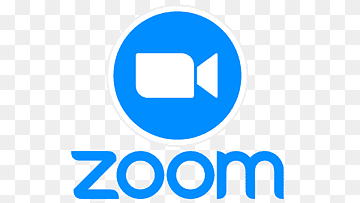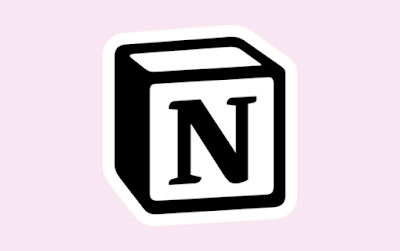Top 5 Productivity Tools for Remote Work
Remote work is becoming a global norm, and staying
productive in a home office setup can be challenging. With the right tools,
however, you can enhance your efficiency and manage your tasks seamlessly. Here
are the top 5 productivity tools every remote worker should consider:
1. **Trello**
**Overview**:
Trello is a versatile project management tool that organizes
tasks through boards, lists, and cards. Its visual interface makes it easy to
track ongoing projects, assign tasks to team members, and manage deadlines. You
can create customizable workflows and move tasks across stages to visualize
progress.
**Key Features**:
- Drag-and-drop task cards
- Integration with other tools like Slack, Google Drive, and
Evernote
- Collaboration features for team discussions and updates
- Visual project timelines with Trello’s Power-Ups (e.g.,
calendar view)
**Best For**:
Managing personal to-do lists or coordinating projects in
teams, especially for creative projects like content creation or design work.
2. **Slack**
**Overview**:
Slack is an instant messaging platform designed for team
communication. It centralizes conversations and keeps communication clear and
organized through channels and direct messages. Slack also offers integration
with hundreds of productivity tools like Google Drive, Asana, and Zoom.
**Key Features**:
- Channels for team-specific communication
- Threaded conversations to avoid clutter
- Integrations with external apps like Dropbox and Jira
- Video and voice call options
**Best For**:
Teams needing constant communication, especially for
projects that require quick feedback and updates in real time.
3. **Asana**
**Overview**:
Asana is a robust project and task management tool designed
to track and organize workflows. It’s a great option for teams managing complex
projects with multiple deadlines and dependencies. You can break down tasks,
assign them to team members, and track project progress from a centralized
dashboard.
**Key Features**:
- Task assignments with deadlines
- Project views (list, board, or timeline)
- Task dependencies to track completion order
- Reporting features to analyze project progress
**Best For**:
Teams managing large-scale projects with multiple
dependencies, such as software development or marketing campaigns.
4. **Zoom**
**Overview**:
Zoom is a leading video conferencing tool that facilitates
remote meetings and webinars. Its easy-to-use interface and stable performance
make it an essential tool for virtual team meetings, client presentations, and
remote interviews.
**Key Features**:
- High-quality video and audio for meetings
- Screen sharing and breakout rooms for collaboration
- Cloud recording for saving meetings
- Webinar features for larger audiences
**Best For**:
Teams that require frequent face-to-face interaction or
client presentations, especially for long-distance collaboration.
---
5. **Notion**
**Overview**:
Notion is an all-in-one workspace that combines notes,
databases, tasks, and wikis in one place. It’s highly customizable, making it
ideal for personal task management, knowledge base creation, or team
collaboration on projects. Notion allows you to create documents, share them
with your team, and track project progress in one workspace.
**Key Features**:
- Flexible note-taking and project management in one
platform
- Integration with databases, tables, and Kanban boards
- Real-time collaboration with team members
- Customizable templates for different workflows
**Best For**:
Individuals or teams looking for a comprehensive tool to
handle task management, documentation, and team collaboration in one place.
Conclusion
Choosing the right productivity tools can make remote work
efficient, organized, and enjoyable. Whether you're managing projects,
collaborating with your team, or communicating with clients, tools like Trello,
Slack, Asana, Zoom, and Notion will help streamline your workflow and enhance
productivity.







0 Comments